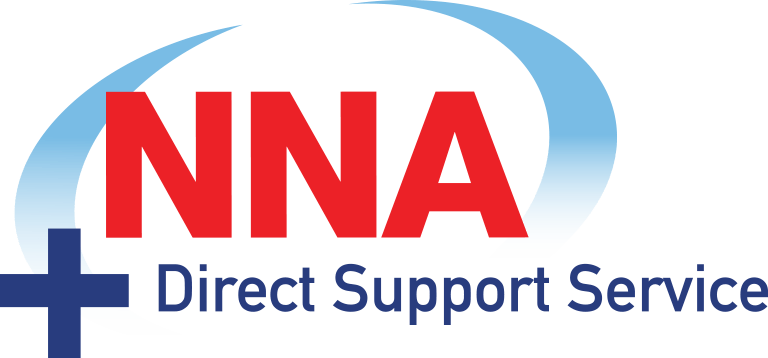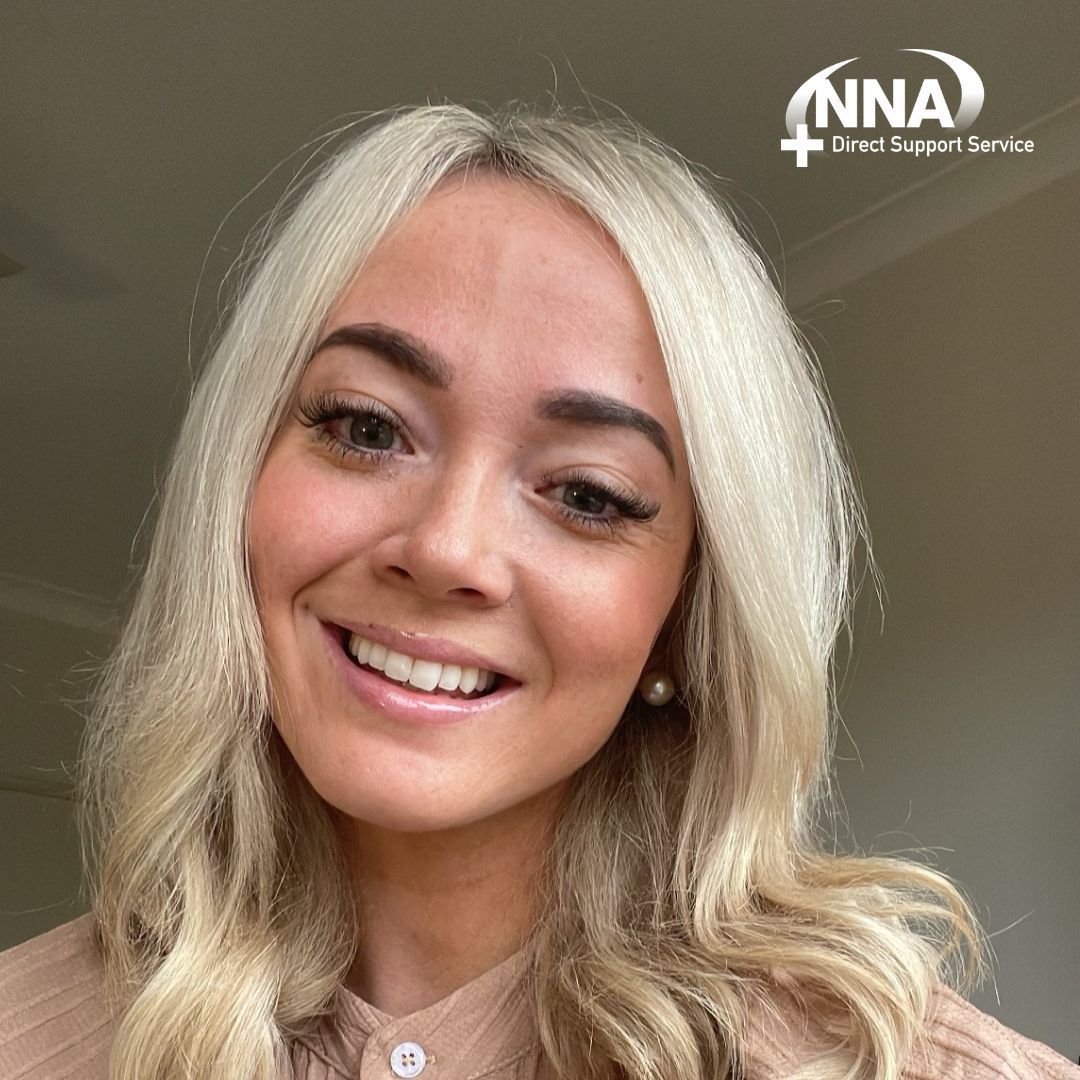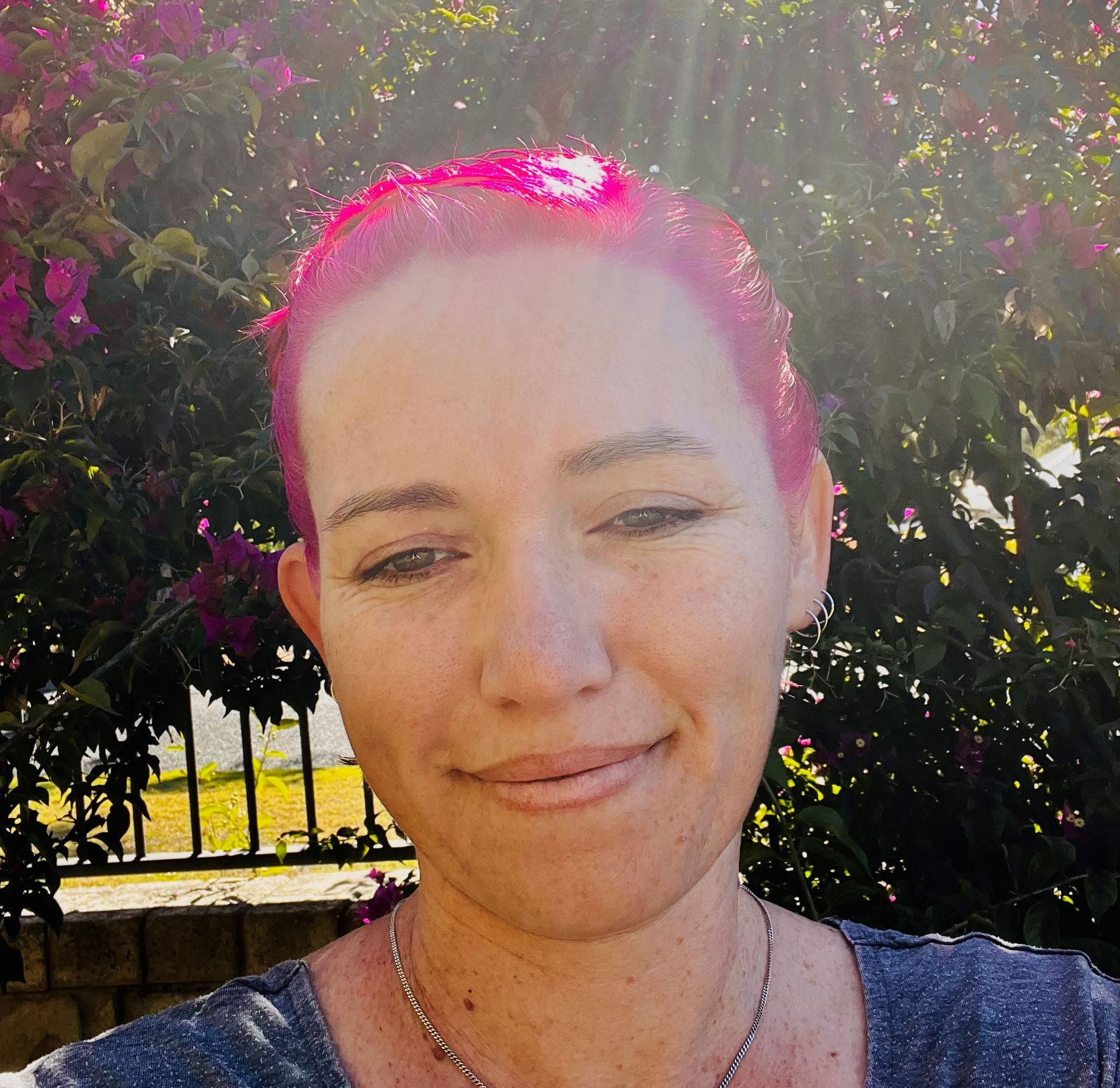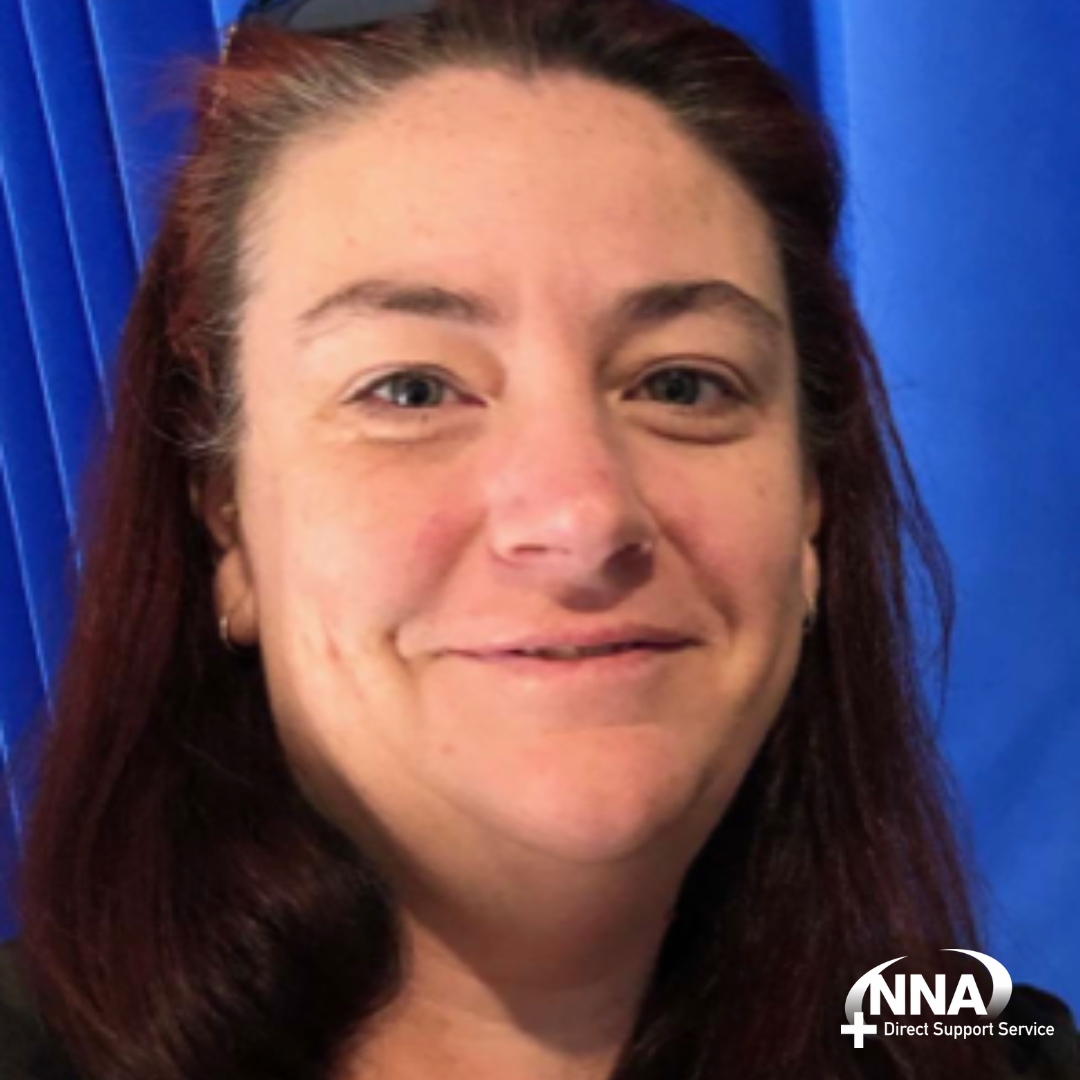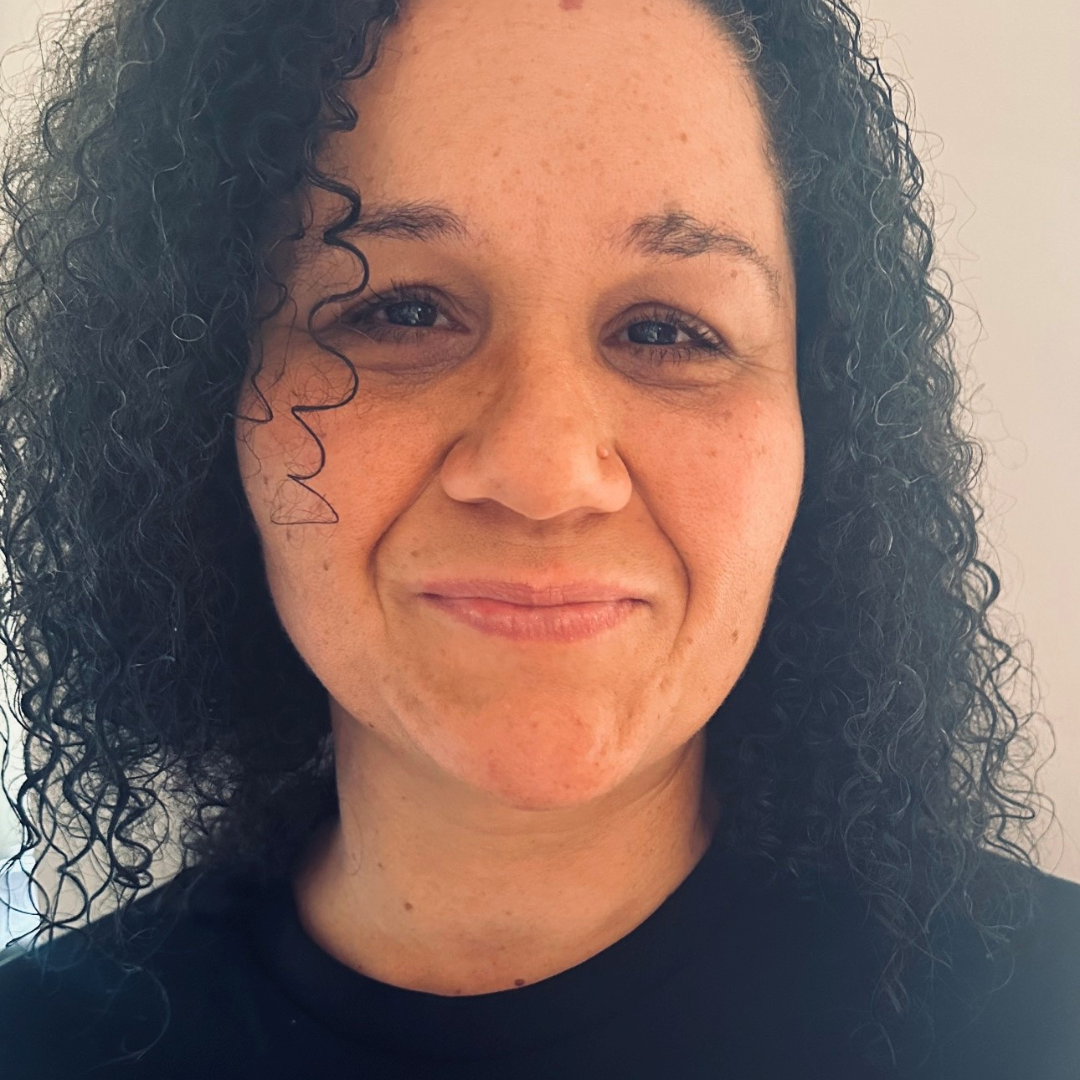Public Vs. Private Hospitals as an Agency Nurse: What NNA can offer you?

Most nurses and midwives would agree that there is a stark difference between the public and private healthcare sectors within Australia. Some are drawn to the routine but fast-paced nature of the private system, whilst others crave the diversity of engaging cases of the government funded public hospitals. The beauty of agency nursing with Network Nursing Agency (NNA) is that you have the chance to experience both sectors and in many different settings. Let’s review each sector so you can make an informed choice on what is right for you.
Public vs Private Hospitals
When comparing the public and private sectors, it is natural to compare The Royal Prince Alfred Hospital to Northern Beaches Hospital or Concord Repatriation General Hospital to North Shore Private Hospital. What makes your shift an enjoyable challenge may be centred around ratios, wages, pace, and the physical environment. But what also separates the two sectors is patients access to care, care processes, and administrative effectiveness. Despite their differences, what they do have in common is ensuring patients receive the highest level of patient care. Let’s take a general look at some of these key aspects that might be important to you as a nurse.
Pace
Most public hospitals are open 24 hours a day, 7 days a week. Thanks to Medicare, they welcome everyone regardless of their financial situation and cater to most ailments, from a stroke or trauma to an ingrown toenail. Due to the unexpected nature of the public system, teams need to be prepared for anything at any time. Due to this, along with higher admission levels, stretched resources and a wider patient demographic, this side of the sector is often labelled as busier and, in some cases, more fast-paced in comparison to the private sector.
However, the private system is no walk in the park. Though they often have greater control over admission and case numbers, the complexity of cases doesn’t stop. During your shift, you probably won’t find an empty bed and you’ll have a list of tasks needing to complete. Waiting lists for elective surgeries are higher, due to the impacts of Covid-19, keeping the private hospital system busier than ever.
Ratios
The number of patients you are responsible for throughout a shift will vary greatly between public and private hospitals. This may be based on the acuity, care expectations, or funding that a particular hospital receives. This point alone can be a significant deciding factor for some agency nurses, especially if they are used to the public setting where ratios are more consistent.
If you have questions regarding rations before your next shift, NNA is always open to a conversation before commencing your shift.
Physical environment
Public hospitals buildings are traditionally older than private ones and on occasion feature a rich heritage worthy of investigation, if you get the chance. The equipment and technology utilised throughout the public system is typically modernised and current, so you’ll be using best practise in this area. Private hospitals, on the other hand, are generally more modern in appearance, with newer buildings and creative decor. But no matter which sector you decide to work in, they both offer immaculate working environments.
Patient care expectations
Due to private patients paying significant amounts of money to receive care via their insurance and out-of-pocket expenses, this comes with a certain level of expectation for some patients. Decreased wait times, greater food options, and frequent personal interactions with senior medical clinicians. Alternately, while public hospital patients also expect this, with staff to patient ratios typically a little more stretched, meeting the same standards can be challenging. In public hospitals, unfortunately sometimes wait times can’t be helped, but if you are working in either sector, providing the best possible care to your patients is the most important factor.
Uniforms
It may not be mandatory for public health staff to consistently feature a branded uniform. This relaxed approach often leads to a bright display of colour and themed scrubs. On the other hand, most staff working for a private organisation may be required to wear a branded uniform, making them easily recognisable. When working for NNA, we will let you know the expectations in regard to uniforms during your induction.
Wages
The amount of money you will make when undertaking a private versus a public shift will vary, particularly when considering penalties such as weekends and public holidays. When agreeing to work a shift with NNA, we can supply you with your hourly rate, so you know what to expect.
What NNA can offer you
NNA is proud to be a preferred provider for the majority of public and private hospitals in Sydney, with lots of shifts available across both the public and private sectors. We offer career progression opportunities and strive to support your goals by upskilling wherever possible.
Both sides of the sector offer impressive healthcare, which we are proud to play our part in (and you should be too!). The only way to know what sector is right for you is to ask and try it out. Get in
contact with us today for a chat, or if you’re new here, head to our website and
register now!

